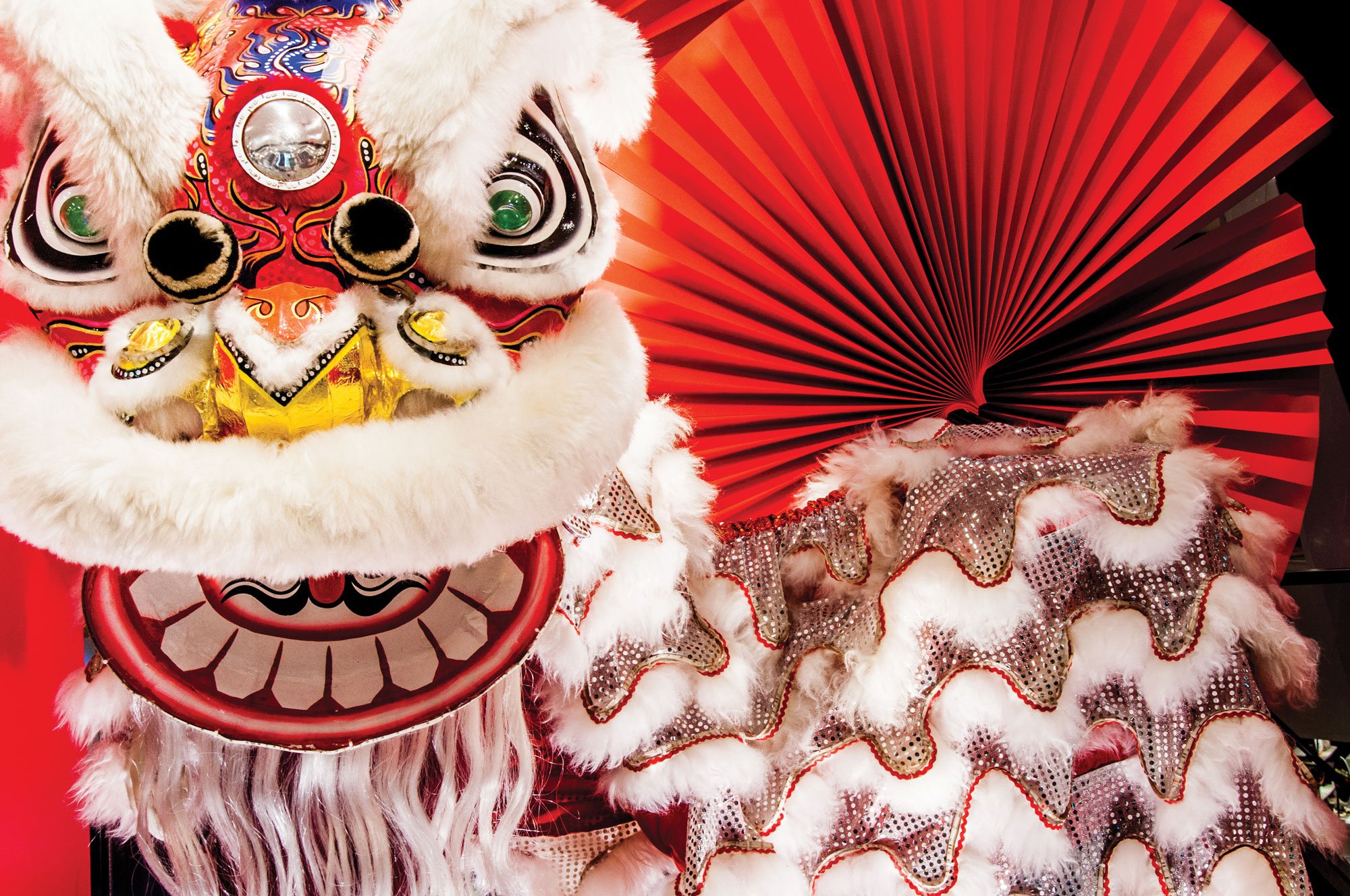The Head of the Lion
“Over CNY we do around 30 performances over 15 days”
Edwin Tan started practicing martial arts as a boy in 1979 when his father began travelling overseas from Singapore for work. His father believed that men must protect the family in his absence, so young Edwin was sent to martial arts lessons at a Lion and Dragon Dance Association. He has been performing in dances for the past 43 years.

“The famous Lion Dance for Chinese New Year is the traditional Southern Lion Dance performance, accompanied by the drum, gong and cymbals. The fundamentals of Lion Dance include the ‘horse stunt’, as well as the physical strength that we attain during martial arts training. Stamina and vigorous action is also vital in steering the paper lion head so it shows a real lively lion showing emotions such as anger, pain, sorrow, joy, and more.
In Lion Dance, I am the ‘head’. There is no best position, but both the head (at the front) and the tail (at the rear) must be cooperative, attentive and active in order to accomplish a good show. The head cannot be too plump otherwise he could be clumsy and the lion head may hinder his movements. The lion tail must be well-built and muscular to withstand the weight of the head – there are stunts like the head standing on the leg of the tail which require strength. Such stunts are vital as sometimes the ‘green’ (vegetables with red packets as a token for the performing troupe) hang at a certain height and failing to pluck them will tarnish the image of the lion dance troupe. It’s considered unlucky for the client who engaged the troupe if they’re not taken.
Over the 15 days of the Chinese New Year period we do around 30 performances per day. These take place in hotels, shopping malls, schools, police divisions, army camps, offices, temples, corporate events, everywhere! We also dance at friends’ homes to usher in good luck. Sometimes there’ll be the accidental breakage of light fittings or vases, but most clients will see this as ‘Lou Di Kai Hua’ (blooming upon reaching the ground). After many years in this line, we don’t need to train beforehand. We’re prepared physically, but we do also have to be mentally ready for unforeseen circumstances.
As per every year since 1979 (apart from during the pandemic), this CNY I’ll be wearing my lion dance costume and performing with my guys. Many of us will not have time for the family reunion dinner as we’ll be busy. For me, my favourite part of the celebrations is the money! As we usher in prosperity to our clients, we receive cash returns which helps to sustain our club.”

Signs of an authentic lion dance
- Only two dancers take part in a lion dance (as opposed to several dancers in a dragon dance)
- It’s accompanied by gongs and cymbals (and sometimes a person dressed as a laughing monk)
- Lion dancers receive red packets
Pho Leng Lion Dance Instruction Centre, 47 Jln Mulia, 368645 @pholengliondance pholengliondance.com.sg








